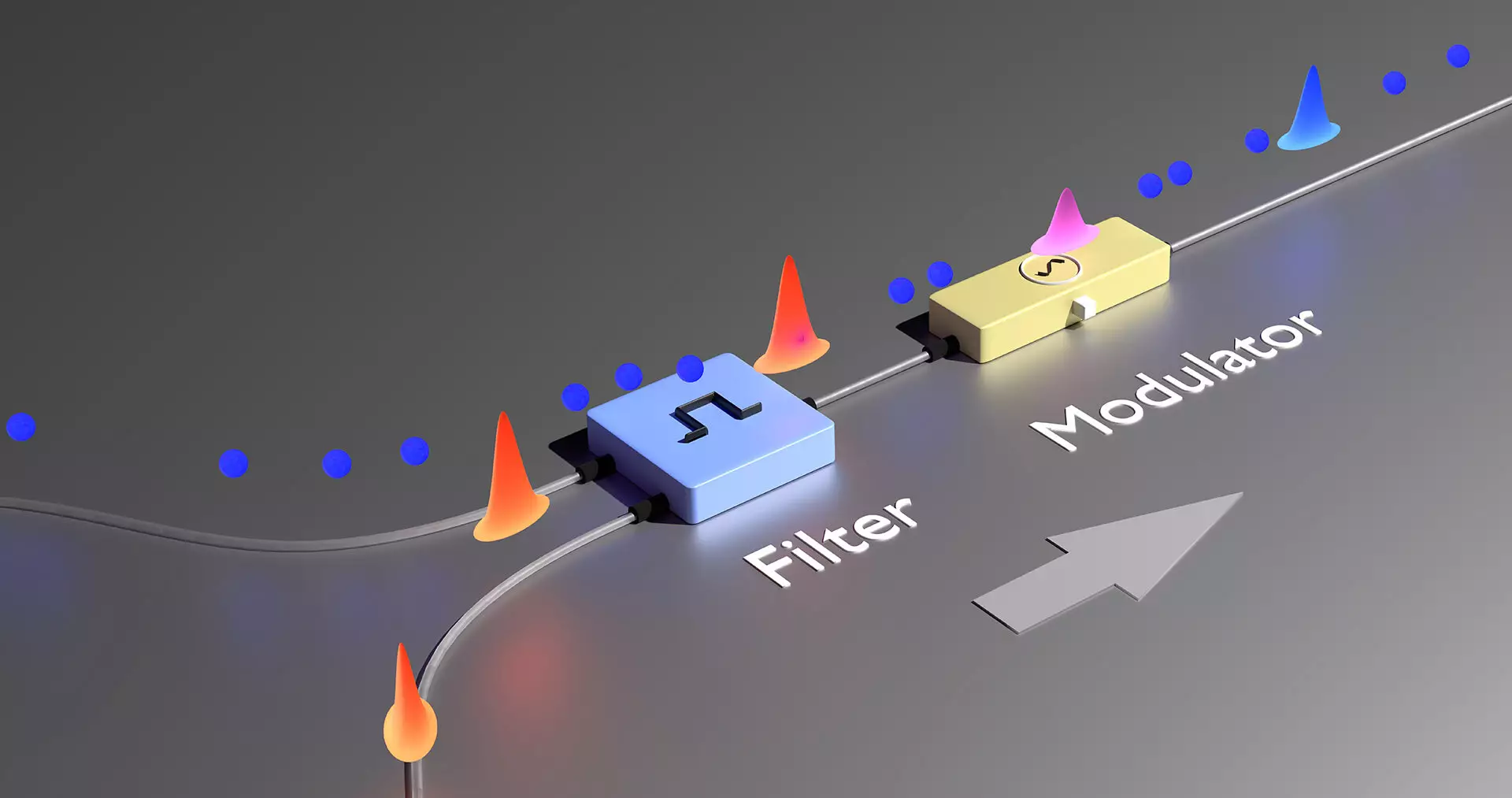At the forefront of scientific advancement, researchers at the Institute of Photonics, Leibniz University Hannover, have unveiled a pioneering approach to transmitting entangled photons via optical fibers. This represents not just a technological leap but also a transformative potential for the future of telecommunications—a shift towards the long-anticipated quantum internet. The quantum internet’s defining feature? Eavesdropping-proof encryption that could render data transmissions virtually impervious to any hacking attempts, even from future quantum computers. By facilitating secure communication infrastructures, this innovation addresses significant security flaws inherent in conventional systems.
Seamless Integration of Quantum and Classical Networks
Prof. Dr. Michael Kues, leading this trailblazing research, emphasizes that this dual-functionality—allowing both quantum and conventional data transmissions over the same optical fibers—could redefine the digital landscape. His vision of a hybrid framework, where quantum and classical internet protocols coexist, showcases a path toward more efficient data handling. By eliminating the traditional impediments of separate channels, Kues’ research is not just theoretical but embodies the real-world utility needed for widespread implementation.
The researchers’ experiment revealed that the entanglement of photons can be preserved even while being sent alongside laser pulses. This crucial finding was summarized in their recent publication in Science Advances. The ability to modify the color of laser pulses in synch with entangled photons opens a myriad of possibilities for data transmission. Philip Rübeling, a doctoral student involved in the study, elucidates how this novel technique enables the simultaneous use of multiple data types within the same channel—an innovation that is bound to streamline existing telecommunications systems.
Addressing the Challenges of Optical Fiber Transmission
Historically, the main obstacle in merging classical and quantum data streams in optical fibers has been the disruptive nature of entangled photons. Until now, the presence of entangled photons effectively blocked conventional data channels. However, the new methodology articulated by these researchers resolves this issue by allowing entangled photons to coexist with laser light in the same channel without interfering with each other. Jan Heine, another member of Kues’ research team, highlights this advancement as a breakthrough that paves the way for practical hybrid network implementations.
What sets this research apart is not merely its technical proficiency but its comprehensive approach to overcoming existing barriers. This allows for maximizing the utility of optical fibers, ultimately improving both the efficiency and security of data transmission. In a world increasingly dependent on seamless connectivity, such advancements are crucial for fostering trust and performance in telecommunications.
As we stand on the brink of a quantum revolution, the insights from the Institute of Photonics are poised to not only advance our current communication systems but also to inspire further innovations. The implications of integrating quantum communication into our daily interactions echo beyond academic circles, signifying a future where secure, instantaneous communication could become a norm rather than an aspiration. The transformative power of this research reinforces the importance of academic inquiry in addressing real-world challenges, making it a beacon of hope for the security-conscious society of tomorrow.

